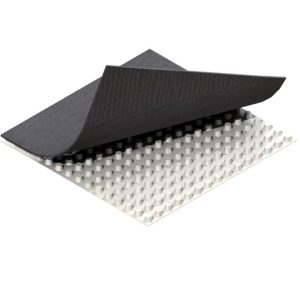Mastering Trigonometry: Essential Concepts and Practical Applications
Mastering Trigonometry: Essential Concepts and Practical Applications
Trigonometry is more than just triangles and angles—it’s the mathematical backbone behind architecture, engineering, and even your smartphone’s GPS. Understanding its core principles opens doors to solving real-world problems with precision and creativity.
Key Trigonometric Functions
The sine, cosine, and tangent functions form the foundation of trigonometry. These ratios help calculate unknown sides or angles in right triangles. For example, sine relates the opposite side to the hypotenuse, while cosine connects the adjacent side to the hypotenuse. Mastering these functions enables accurate modeling of periodic phenomena like sound waves or seasonal changes.
Real-World Applications
From designing suspension bridges to developing video game graphics, trigonometry is indispensable. It aids in calculating distances in navigation, optimizing solar panel angles for energy efficiency, and analyzing medical imaging data. These practical applications demonstrate how trigonometric concepts drive innovation across industries.
Common Trigonometry Questions Answered
How is trigonometry used in daily life?
Trigonometry simplifies tasks like determining building heights, plotting navigation routes, and enhancing audio engineering through waveform analysis.
What are the best ways to learn trigonometry?
Start with interactive tools and real-life problem-solving scenarios. Practice with step-by-step tutorials and visual aids to grasp abstract concepts quickly.
Apply Trigonometry Today
Ready to leverage trigonometry in your projects? Explore advanced resources and hands-on exercises to sharpen your skills. Start solving complex problems with confidence—your next breakthrough awaits!


